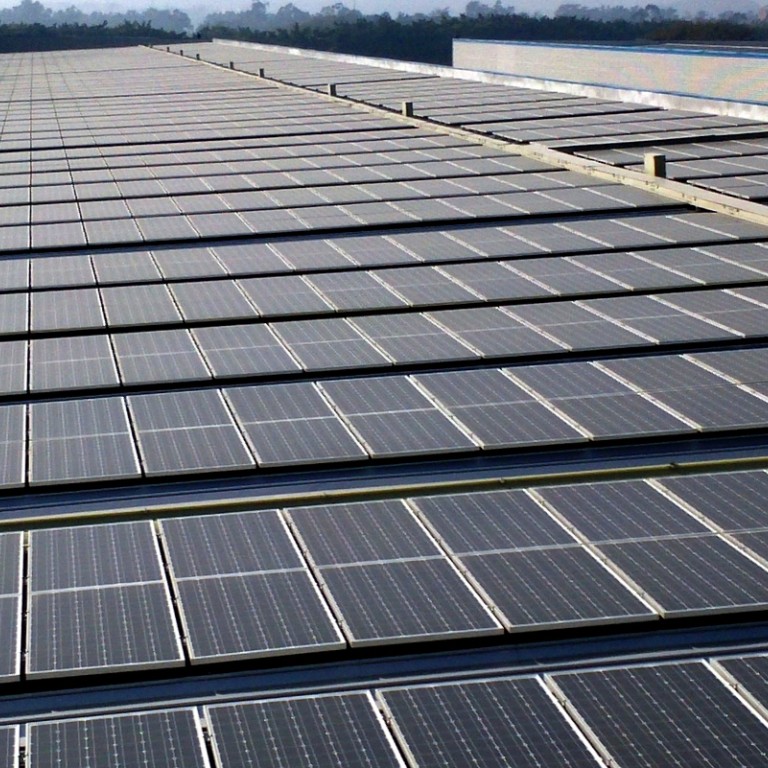
Rooftop solar projects in China hindered by cautious bank lending
Worries over cash flow hold back loans, though industry should reach 6GW in rooftops this year
The installation volume of rooftop solar panels on the mainland has fallen well short of expectations this year owing to the cautious attitude of banks in lending to the nascent sector, a government researcher says.

However, activity is expected to pick up rapidly in the year's second half, once issues worrying financiers and investors are resolved, since the central government is working hard on giving banks confidence to provide funding to project developers, Wang said.
"Since this year is the maiden year that rooftop solar power projects are being commercialised on a big scale, it takes time to make adjustments to address some new issues," he told a solar industry conference in Shanghai.
"The NDRC, National Energy Administration [NEA] and the State Council are aware of the issues, and several meetings have been held with banks and insurers to address them."
He said less than 2GW of rooftop panel installations has been completed so far this year, far short of the NEA's full-year target of 8GW.
The NEA has also set an installation goal of 6GW of ground-mounted solar farms that rely on power grid operators to buy all of their output.
Ground-mounted projects used to dominate installations, but since the mainland's richest solar resource is located in its sparsely populated northern and western regions - thousands of kilometres from the main power consumers in the central and coastal regions - rooftop installations in those areas are being encouraged to reduce the pressure on power grid operators to build infrastructure.
The output of rooftop projects tends to be mostly absorbed locally, with excess output sold to the local power grid if they are grid-connected.
Issues troubling financiers and investors include the lack of a guarantee, when a building's ownership is transferred, of developers' rights to operate solar farms they have installed.
The industry is also lobbying for state-owned power distributors to act as collectors of power tariffs and take the risk of payment delinquencies in exchange for a return from rooftop projects, so that developers can be assured of stable revenues regardless of who owns or occupies the building.
Another issue is the lack of insurance products to protect developers from lost power output due to adverse weather and equipment damage caused by accidents.
Policy banks China Development Bank - the largest lender to solar power projects - and Export-Import Bank of China, as well as privately controlled China Minsheng Bank, are lending to rooftop projects, but only if the projects' promoters provide guarantees on the loans, Wang said.
The interest rates the banks charge are also relatively high, he added.
This means banks do not have the confidence to lend on a project-financing basis, because of the risk that the projects' future cash flows may not be sustained.
Wang said the industry should be able to achieve 6GW of rooftop installations this year, and the 2GW shortfall could be shifted to next year.
He said he had not heard whether the central government would raise its 6GW target for ground-mounted installations to make up for the shortfall in rooftop projects.

